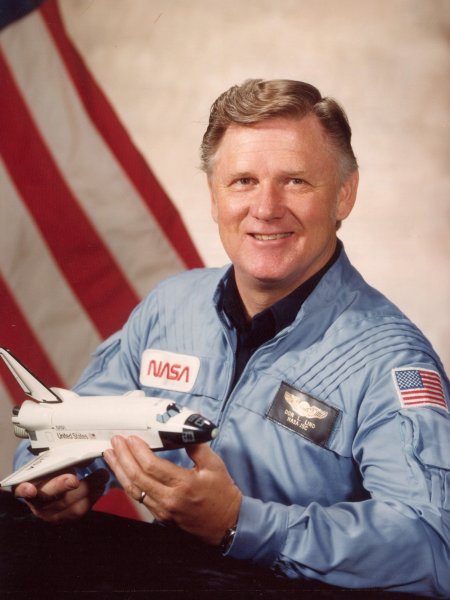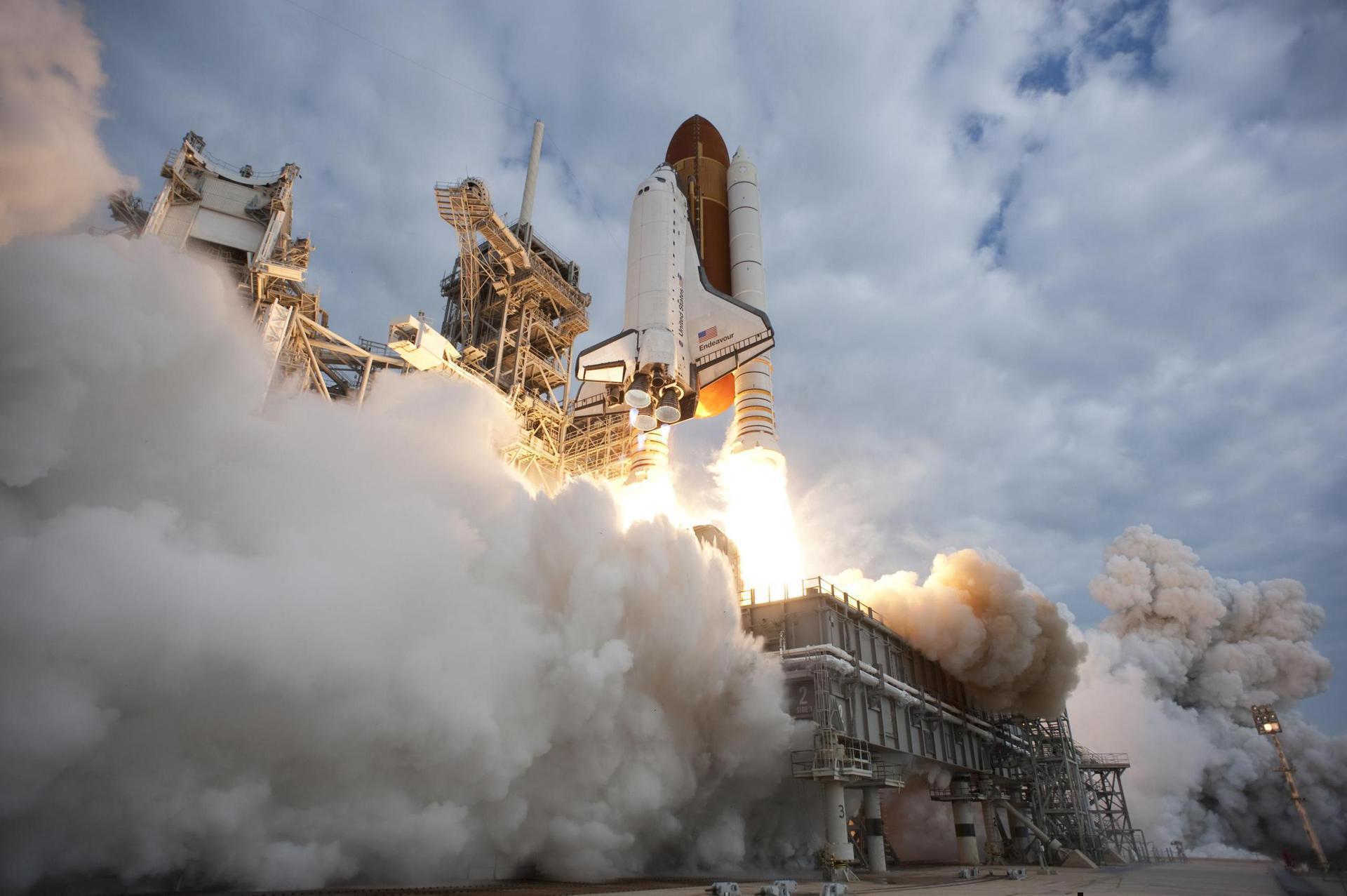Don L. Lind
American - (NASA)
Deceased
Date of Birth: May 18, 1930
Date of Death: Aug. 30, 2022
Don Leslie Lind, Ph.D. is an American scientist and a former naval officer and aviator, and NASA astronaut. He graduated from the University of Utah with an undergraduate degree in physics in 1953. Following his military service obligation, he earned a Ph.D. in high-energy nuclear physics from the University of California, Berkeley in 1964. Lind was a naval aviator and attained the rank of Commander in the United States Naval Reserve. He had active duty in San Diego and aboard the carrier USS Hancock. After completing his doctorate, Lind worked at NASA's Goddard Research Center from 1964 to 1966. During this period, he applied for the third group of astronauts but did not have enough flight hours. He applied for the fourth group, but was denied for being too old. The age restriction was raised for the fifth group, and he was selected with the Original Nineteen in 1966. Lind helped to develop the Apollo 11 EVA activities, and served as CAPCOM for the Apollo 11 and Apollo 12 missions. He was then assigned as backup Pilot for Skylab 3 and Skylab 4 and nearly flew on the proposed Skylab Rescue mission. Lind was the Payload Commander on his only flight, STS-51-B, launched April 29, 1985. He designed an experiment to capture the Earth's aurora. The payload experiments consisted primarily of microgravity research and atmospheric measurement. The Orbiter Challenger completed 110 orbits before landing at Edwards Air Force Base, California.
Space Shuttle Challenger / OV-099 | STS-51-B
National Aeronautics and Space Administration | United States of AmericaKennedy Space Center, FL, USA
April 29, 1985, 4:02 p.m.
The National Aeronautics and Space Administration is an independent agency of the executive branch of the United States federal government responsible for the civilian space program, as well as aeronautics and aerospace research. NASA have many launch facilities but most are inactive. The most commonly used pad will be LC-39B at Kennedy Space Center in Florida.
Falcon 9
Starlink Group 6-82
Space Launch Complex 40 - Cape Canaveral SFS, FL, USAA batch of 29 satellites for the Starlink mega-constellation - SpaceX's project for space-based Internet communication system.
Falcon 9
Starlink Group 15-12
Space Launch Complex 4E - Vandenberg SFB, CA, USAA batch of 27 satellites for the Starlink mega-constellation - SpaceX's project for space-based Internet communication system.
Electron
Raise and Shine (RAISE-4)
Rocket Lab Launch Complex 1B - Rocket Lab Launch Complex 1, Mahia Peninsula, New ZealandRAISE-4 (RApid Innovative payload demonstration Satellite-4) is a Japan Aerospace Exploration Agency (JAXA) satellite for on-orbit demonstrations of …
Kuaizhou 11
DEAR-5
Launch Area 95A - Jiuquan Satellite Launch Center, People's Republic of ChinaDEAR-5 is a commercial in-orbit payload and micro-gravity experiments hosting spacecraft developed by Chinese commercial company AZSPACE for various …
Long March 12
SatNet LEO Group 16
Commercial LC-2 - Wenchang Space Launch Site, People's Republic of ChinaA batch of Low Earth Orbit communication satellites for the Chinese state owned SatNet constellation operated by the China Satellite Network Group. …



